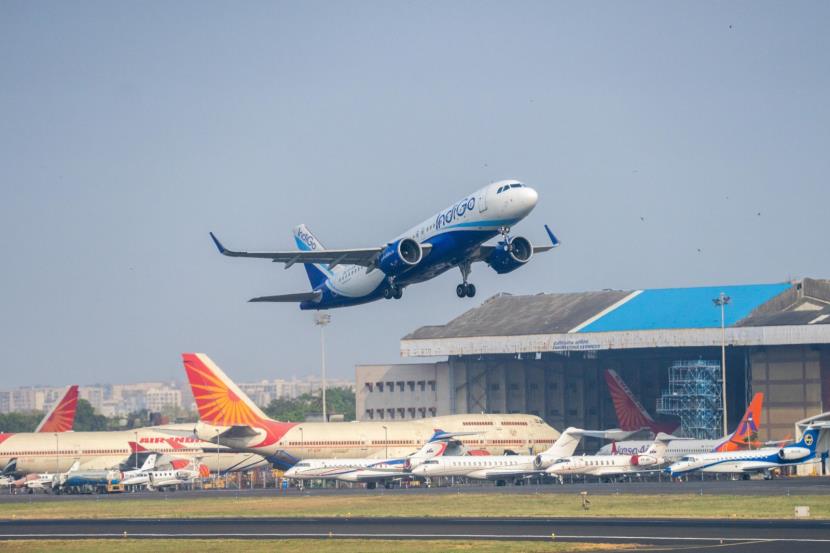IndiGo Srinagar flight crew's request to enter Pak airspace to avoid turbulence was rejected: DGCA

May 23, 2025
NEW DELHI: The turbulence-hit Delhi-Srinagar IndiGo flight, which made an emergency landing with a damaged nose on May 21, was denied permission to divert into Pakistani airspace to evade thunderstorms, the Directorate General of Civil Aviation (DGCA) said on Friday.
The denial from Lahore ATC on Wednesday came amid a broader airspace restriction imposed by Pakistan on Indian carriers. Islamabad had closed its airspace to Indian civil flights two days after the April 22 terror attack in Pahalgam, in which 26 people, mostly Hindus, lost their lives.
The flight had earlier also been denied deviation clearance by the Indian Air Force (IAF), which controls military airspace along parts of northern India.
Interglobe Aviation Ltd
The DGCA said the incident occurred on Wednesday when IndiGo's A321neo aircraft (VT-IMD), operating flight 6E-2142, was cruising at 36,000 feet and entered a hailstorm near Pathankot, Punjab.
"As per crew statement, they requested Northern control (IAF) for deviation towards left (International Border) due to weather on the route, however it was not approved. Later crew contacted Lahore to enter into their airspace to avoid the weather but the same was refused too," the DGCA mentioned.
The IAF typically manages access to controlled airspace in northern regions for civilian aircraft under certain conditions. In this case, the crew's request to deviate left, towards the international border to escape inclement weather, was not approved by the IAF's Northern control unit. With limited options, the pilots then reached out to Lahore Air Traffic Control (ATC) to briefly enter Pakistani airspace, but that request was also denied.
Sanjiv Kapoor, Former Chief Strategy and Commercial Officer of Vistara Airline, explained on X, "Note that absent a MAYDAY or Emergency call at the time of making requests to fly over closed airspace, this DGCA statement indicates even the IAF refused alternate routing clearance closer to the border that was requested. The pilots did a phenomenal job given the constraints."
"Route change requests were denied twice: once each by IAF and Pakistan. There are NOTAMs (notice to airmen) restricting where one can fly. To overrule NOTAMs, an emergency must be declared. It appears it was not declared until later to Srinagar ATC. Pilots did the best they could under the circumstances," said Kapoor, who has also worked as Chief Operating Officer of SpiceJet.
Unable to alter course or turn back due to proximity to the thunderstorm, the pilots were left with no option but to fly through the adverse weather, the DGCA's statement on Friday noted. The aircraft then encountered severe turbulence and hailstorm activity, leading to multiple system alerts. These included warnings for "Angle of Attack fault," "Alternate Law protection lost," and "Backup speed scale unreliable".
"The aircraft encountered severe updrafts and downdrafts, causing the autopilot to trip and airspeed to fluctuate significantly. Warnings for Maximum Operating Speed/Mach and repeated stall alerts were also triggered," the DGCA said. The aircraft's rate of descent at one point reached 8,500 feet per minute.
The crew manually flew the aircraft through the storm. After executing all necessary emergency procedures, they declared a ‘PAN PAN' situation to Srinagar ATC and were provided radar vectors for approach. The aircraft landed safely in Srinagar with the auto thrust system operating normally.
A ‘PAN PAN' situation is an internationally recognised radio call used by pilots to signal an urgent situation that requires attention, but does not pose an immediate threat to life or the safety of the aircraft, unlike a MAYDAY call, which signals a life-threatening emergency.
No passenger was injured.
However, a post-flight inspection revealed damage to the aircraft's nose radome, typically caused by hail impact. The DGCA has launched an investigation into the incident.